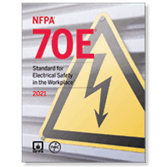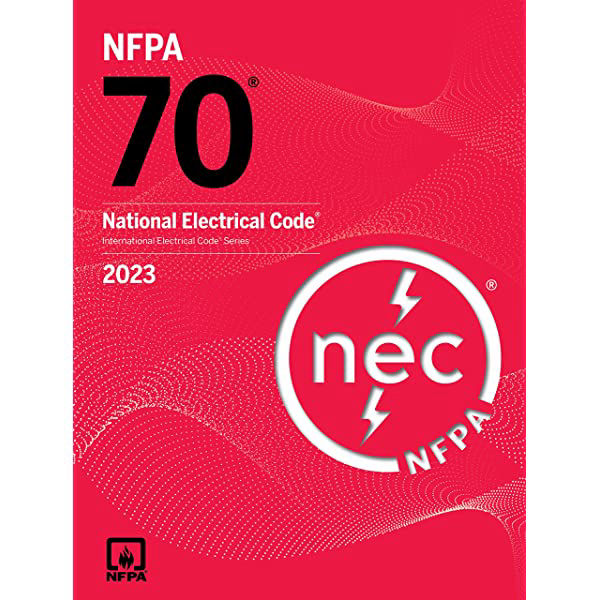NFPA70E01 - Electrical Hazards And Basic Electrical Safety Concepts
COURSE DESCRIPTION: : Course covers the NFPA 70E compliant arc flash safety procedures commonly practiced in the electrical industry. This course will expose the student to an introductory overview of the procedures that shall be performed by a qualified person specific to the topics covered.
TOPICS COVERED:
Identify the differences between OSHA regulations and NFPA 70E standards.
Discuss the meetings and actions involved in the NFPA consensus process.
Explain the effects of electrical-related injuries.
Describe the recognized hazards associated with the use of electricity.
Explain the importance of arc-rated clothing.
Define incident energy."
Course Duration: 1 hour
Course Delivery Method: Online Via Video Conferencing.
Click Photo to take you to the calendar to see course schedule. (subject to change without notice)

